Home>Storage Ideas>Living Room Storage>How To Clean Wood Furniture To Make It Look New Again
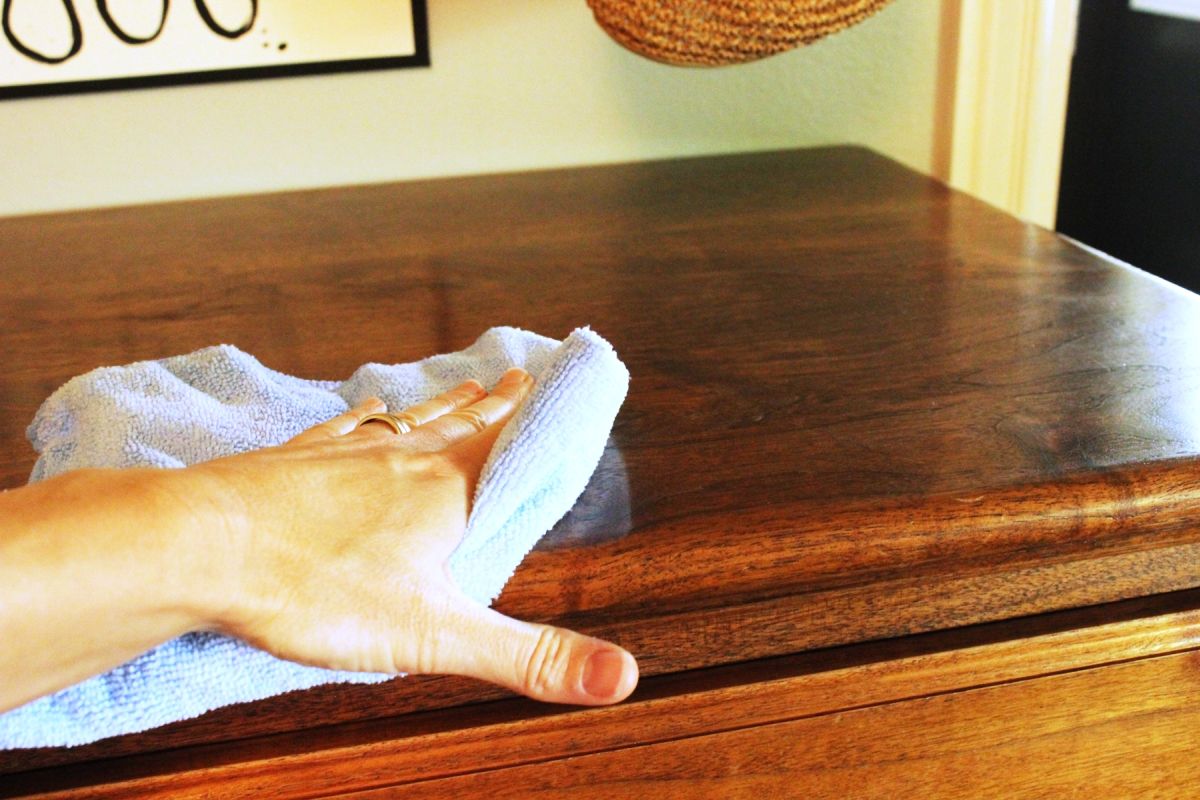

Living Room Storage
How To Clean Wood Furniture To Make It Look New Again
Modified: February 11, 2024
Learn how to clean wood furniture and bring back its original shine. Our tips and tricks will help you transform your living room storage into a fresh and beautiful piece.
(Many of the links in this article redirect to a specific reviewed product. Your purchase of these products through affiliate links helps to generate commission for Storables.com, at no extra cost. Learn more)
Introduction
Welcome to the ultimate guide on how to clean wood furniture! If you own wood furniture, you know that it brings warmth and elegance to any living room. However, over time, wood furniture can accumulate dirt, stains, and scratches, losing its original shine and beauty. But fear not! With the right cleaning techniques and a little bit of elbow grease, you can bring your wood furniture back to life and make it look new again.
Wood furniture comes in various types and finishes, such as cherry, oak, mahogany, or walnut. Each type requires specific care to maintain its quality and appearance. Before diving into the cleaning process, it’s essential to understand the characteristics of your wood furniture and its specific cleaning requirements. This understanding will ensure that you choose the most suitable cleaning techniques and products.
The first step in cleaning wood furniture is assessing its condition. Take a close look at your furniture and identify any stains, scratches, or scuffs. This assessment will help you determine the best cleaning approach for your specific needs.
Now that you’ve assessed your wood furniture, it’s time to gather the necessary cleaning supplies. You’ll need a mild cleaner or a wood-specific cleaning solution, soft microfiber cloths, a bucket of water, and some gentle soap. It’s crucial to avoid harsh chemicals or abrasive cleaners that could damage the wood’s surface.
General cleaning techniques involve starting with dusting your furniture to remove loose particles. You can use a soft cloth or a feather duster for this step. Once the dusting is complete, dampen a microfiber cloth with the cleaning solution and gently wipe the surfaces, following the wood grain. Remember not to soak the cloth or use excessive moisture, as it can cause damage.
Key Takeaways:
- Restore the beauty of your wood furniture by understanding its characteristics, assessing its condition, and using gentle cleaning techniques. Prevent future damage with regular maintenance and protective measures.
- Remove stains, deal with scratches, and restore shine to make your wood furniture look new again. Embrace the process of revitalizing your furniture and enjoy its timeless beauty in your living room.
Understanding Wood Furniture
Wood furniture is not only aesthetically pleasing but also durable and versatile. However, it requires regular care and maintenance to preserve its beauty and longevity. Understanding the different types of wood and finishes used in furniture can help you choose the appropriate cleaning and maintenance techniques.
There are several common types of wood used in furniture, each with its unique characteristics. Cherrywood, known for its rich reddish-brown hues, creates a warm and inviting atmosphere. Oak, on the other hand, is known for its durability and distinct grain patterns. Mahogany is a dark, reddish-brown wood that exudes elegance and sophistication. Walnut, with its deep chocolate tones, adds a touch of luxury to any space.
Wood furniture can have different finishes that enhance its appearance and protect the wood. Understanding these finishes is essential to avoid damaging the furniture during the cleaning process. Common finishes include lacquer, varnish, and wax. Lacquer provides a hard and glossy finish, while varnish offers a more natural, matte appearance. Wax finishes provide a soft sheen and a smooth touch.
It’s important to note that different wood types and finishes may require specific cleaning techniques. For example, furniture with a lacquer finish is susceptible to water damage and requires gentle cleaning methods. On the other hand, furniture with an oiled finish needs regular applications of oil to maintain its appearance and protect the wood.
To determine the type of wood and finish used in your furniture, you can check for manufacturer labels or consult with a furniture expert. This information will help you select the appropriate cleaning products and methods to ensure the longevity and beauty of your wood furniture.
Remember that wood is an organic material and can be sensitive to changes in temperature and humidity. It’s crucial to keep wood furniture away from direct sunlight, heat sources, and areas with high humidity. These environmental factors can cause the wood to warp, fade, or crack.
Now that you have a better understanding of wood furniture and its different characteristics, let’s move on to assessing the condition of your furniture to determine the best cleaning approach.
Assessing the Condition
Before diving into the cleaning process, it’s essential to assess the condition of your wood furniture. This step will help you identify any specific issues that need to be addressed and determine the best course of action for cleaning and restoring your furniture.
Start by thoroughly inspecting your furniture for any visible stains, spots, scratches, or scuffs. Take note of the areas that require special attention. Stains can come from spills, water damage, or chemical reactions, while scratches and scuffs can occur from daily use or accidents.
It’s important to differentiate between surface-level stains and deeper penetration into the wood. Surface-level stains may be easier to remove compared to stains that have seeped into the wood fibers. Additionally, different stains may require different cleaning techniques and products. For example, water stains can often be lifted by simple cleaning methods, while oil-based stains may require more targeted treatment.
Take note of any loose or damaged parts of your furniture, such as loose joints, broken hardware, or chipped veneer. These issues may need to be addressed separately before moving on to the cleaning process. Repairing any structural damage will ensure the longevity and stability of your furniture.
Once you’ve assessed the condition of your wood furniture and identified any specific issues, you can proceed to gather the necessary cleaning supplies and prepare yourself for the cleaning process. With proper assessment and understanding of your furniture’s condition, you’ll be better equipped to restore its beauty and make it look new again.
Gathering Cleaning Supplies
Before you embark on the journey of cleaning your wood furniture, it’s essential to gather the necessary cleaning supplies. Having the right tools and products will ensure that you can effectively remove dirt, stains, and grime without causing any damage to the wood’s surface.
Here are the essential cleaning supplies you’ll need:
- Mild cleaner or wood-specific cleaning solution: Look for a gentle cleaner that is specifically formulated for wood surfaces. Avoid harsh chemicals or abrasive cleaners that can strip the finish or cause discoloration.
- Soft microfiber cloths: These are ideal for dusting and cleaning wooden surfaces without scratching or leaving lint behind. Opt for high-quality microfiber cloths for better results.
- Bucket of water: You’ll need a bucket of clean water to moisten your cloth and dilute the cleaning solution if needed.
- Gentle soap: In some cases, a mild soap, such as dish soap or Castile soap, may be necessary for tackling stubborn stains. Use sparingly and make sure to rinse thoroughly.
- Toothbrush or soft-bristle brush: These are useful for cleaning hard-to-reach areas, intricate carvings, or crevices. Choose a toothbrush or brush with soft bristles to avoid scratching the wood.
- Furniture polish (optional): If you want to restore shine and luster to your wood furniture, consider using a high-quality furniture polish. Look for a polish specifically formulated for the type of wood and finish you have.
Having all these supplies ready before you start cleaning will streamline the process and prevent interruptions. You won’t have to frantically search for items while in the middle of cleaning. It’s always better to be prepared!
Keep in mind that different types of wood and finishes may require slight variations in cleaning techniques and products. If you’re unsure about what type of cleaner or polish to use, consult with a furniture specialist or refer to the manufacturer’s recommendations.
Now that you have gathered your cleaning supplies, it’s time to put them to use and bring back the beauty of your wood furniture. In the next sections, we will go over general cleaning techniques, stain removal, scratch repair, and how to restore shine and luster to your wood furniture.
General Cleaning Techniques
Now that you have your cleaning supplies ready, it’s time to delve into the general cleaning techniques that will help remove dirt and grime from your wood furniture.
Before starting the cleaning process, begin by removing any loose particles and dust from the furniture. You can use a soft cloth or a feather duster to gently dust the surfaces and crevices. Be thorough in your dusting to ensure that all the loose debris is removed.
Once the dusting is complete, dampen a soft microfiber cloth with water or a mild cleaner specifically formulated for wood surfaces. Make sure the cloth is only damp and not soaking wet. Excess moisture can damage the wood or leave water stains.
Starting from the top, gently wipe the surfaces of the wood furniture, following the grain. The grain refers to the natural pattern of the wood’s fibers. Wiping along the grain helps prevent any potential damage and ensures a seamless cleaning process. It’s essential to be gentle and avoid applying excessive pressure.
Pay special attention to any intricate carvings or hard-to-reach areas. You can use a toothbrush or a soft-bristle brush to clean these spots. Dip the brush in the cleaning solution and lightly scrub the areas, being careful not to rub too vigorously.
Continue wiping the entire piece of furniture, periodically rinsing the cloth in clean water to remove any dirt or residue. Depending on the amount of dirt and grime, you may need to use multiple cloths or rinse and wring out the cloth several times.
Once you’ve finished cleaning the furniture, use a dry microfiber cloth to gently blot and dry the surfaces. This step ensures that no excess moisture is left behind, which could lead to water marks or damage to the wood’s finish.
If desired, you can apply a high-quality furniture polish to restore shine and protect the wood’s surface. Follow the polish’s instructions and apply it sparingly with a clean cloth, gently buffing the surface until the shine returns.
It’s important to note that some wood furniture may require additional care or specific cleaning techniques. For example, antique wood furniture or furniture with intricate inlays or delicate veneers may need specialized cleaning or professional restoration. If you’re unsure about the best approach for your specific piece of furniture, consult a professional or seek advice from an expert.
By following these general cleaning techniques, you can maintain the cleanliness and beauty of your wood furniture. In the following sections, we will explore how to tackle specific issues such as stains, scratches, and reviving the shine of your wood furniture.
To clean wood furniture and make it look new again, mix equal parts vinegar and water, then use a soft cloth to wipe down the surface. Follow up with a furniture polish to restore its shine.
Removing Stains and Spots
Wood furniture can be susceptible to stains and spots, which can mar its beauty and make it look dull. Fortunately, there are effective methods for removing various types of stains and spots from wood surfaces.
Here are some common types of stains and the corresponding cleaning techniques:
- Water Stains: Water stains can occur from spills or condensation on glasses. To remove water stains, gently apply a mixture of equal parts white vinegar and water to the affected area. Let it sit for a few minutes, then wipe it off with a soft cloth. You can also use mayonnaise or petroleum jelly, applying a thin layer to the stain and letting it sit overnight before wiping it off.
- Oil-based Stains: If your wood furniture has oil-based stains, such as from food or grease, you can use a mild soap or dishwashing liquid mixed with warm water. Dip a soft cloth or sponge into the soapy solution, wring it out, and gently scrub the stained area. Rinse the cloth and wipe away any soapy residue, then dry the surface thoroughly.
- Ink or Marker Stains: Ink or marker stains can be challenging to remove, but you can try using rubbing alcohol or a non-acetone nail polish remover. Apply a small amount to a soft cloth and gently blot the stained area. Be cautious and test a small, inconspicuous area first to ensure that it doesn’t cause any damage to the wood finish or color.
- Heat or Steam Marks: Heat or steam can leave unsightly marks on wood furniture. To remove these marks, place a clean cloth over the affected area and use a hot iron on the lowest setting. Move the iron gently and in a circular motion over the cloth for a few seconds. Lift the cloth and check the results. Repeat if necessary, being careful not to leave the iron in one place for too long.
For stubborn stains that don’t respond to these methods, you may need to consider professional refinishing or seek advice from a furniture restoration expert.
Remember, prevention is always better than cure. To minimize the chances of future stains, use coasters and placemats to protect the wood surface from spills and use protective pads under hot objects to prevent heat damage.
With proper care and prompt action, you can keep your wood furniture looking its best and maintain its longevity. In the next section, we will explore how to deal with scratches and scuffs on your wood furniture.
Dealing with Scratches and Scuffs
Scratches and scuffs on wood furniture can be frustrating, but fortunately, there are methods to minimize their appearance and restore the smoothness of the wood surface. Here are some techniques to help you deal with scratches and scuffs:
- Minor Surface Scratches: For light surface scratches, you can try using a walnut or pecan to help minimize their appearance. Rub the nut gently over the scratch, following the direction of the wood grain. The natural oils in the nut can help darken the scratch, making it less noticeable. Afterward, buff the area with a soft cloth to blend it in.
- Scratch Repair Kit: Consider investing in a scratch repair kit specifically designed for wood furniture. These kits typically contain markers or wax fillers in various shades to match the wood finish. Apply the marker or wax to the scratch, following the instructions provided. Use a soft cloth to blend the repair material into the surrounding area. Make sure to select a kit that matches the color of your wood furniture.
- Deep Scratches: If the scratch is deep and extends beyond the surface, it may require more extensive repair. Consult a professional furniture restorer for advice on how to fix deep scratches, as it may involve sanding, refinishing, or even replacing the affected area.
- Scuffs and Marks: Scuffs and marks on wood furniture can often be removed with a non-gel toothpaste or baking soda paste. Apply a small amount to a soft cloth and gently scrub the scuffed area in circular motions. Wipe away any residue and buff the surface to restore its smoothness. Test this method on a small, inconspicuous area first to ensure that it doesn’t cause any damage or discoloration.
Remember, prevention is key in minimizing scratches and scuffs. Using furniture pads under objects, avoiding dragging heavy items across surfaces, and using tablecloths or placemats can help protect your wood furniture from unnecessary damage.
In cases where the damage is extensive or the wood furniture is of high value, it’s best to consult a professional furniture restorer. They have the knowledge and expertise to repair and restore your furniture to its former glory.
With the right approach and care, you can significantly reduce the visibility of scratches and scuffs, rejuvenating the look of your wood furniture. Next, we will explore how to restore shine and luster to bring out the natural beauty of the wood.
Restoring Shine and Luster
Over time, wood furniture can lose its shine and luster due to regular use and exposure to various elements. Restoring the shine of your wood furniture can bring back its natural beauty and make it look new again. Here are some tips to help you restore shine and luster:
- Dust and Clean Regularly: Regular dusting and cleaning are essential for maintaining the shine of your wood furniture. Use a soft cloth or a feather duster to remove dust and debris from the surfaces. This simple step can prevent the buildup of dirt and grime that can dull the shine over time.
- Use High-Quality Furniture Polish: Furniture polish can help enhance the shine of your wood furniture while providing a protective layer. However, it’s essential to choose a high-quality furniture polish that is suitable for your specific wood type and finish. Look for polishes that are free from silicones and have natural ingredients. Apply the polish sparingly with a soft cloth, following the manufacturer’s instructions.
- Apply a Wax Finish: Wax can provide an extra layer of protection and add a beautiful sheen to your wood furniture. Choose a wax that is specifically formulated for wood surfaces and follow the instructions for application. After applying the wax, buff the surface with a soft cloth to bring out the shine.
- Consider Using Olive Oil or Mineral Oil: For a natural and affordable option, you can use olive oil or mineral oil to restore shine to your wood furniture. Apply a small amount of oil to a soft cloth and rub it into the wood in circular motions. Be sure to buff away any excess oil with a clean cloth to avoid leaving a greasy residue.
- Repair and Refinish Damaged Areas: Damaged or worn areas on your wood furniture can detract from its overall shine. If there are scratches, scuffs, or areas with faded finish, consider repairing and refinishing those spots. This may involve sanding, applying stain, or adding a fresh coat of varnish or lacquer. Seek guidance from a professional if you’re uncertain about the refinishing process.
It’s important to note that you shouldn’t overdo it with the use of polishes or oils. Excessive product application can leave a residue or create a sticky surface. Follow product instructions and apply them in moderation to achieve the desired shine.
Lastly, remember to take precautions to prevent future damage and dullness. Use coasters, trivets, and tablecloths to protect your wood furniture from spills, heat, and scratches. Additionally, avoid placing furniture in direct sunlight or next to heat sources, as prolonged exposure can cause fading or drying out of the wood.
By following these tips and incorporating regular maintenance, you can restore and maintain the shine and luster of your wood furniture, prolonging its lifespan and keeping it looking beautiful for years to come.
Maintaining and Preventing Future Damage
Now that you have restored the shine and beauty of your wood furniture, it’s important to implement proper maintenance practices to keep it looking its best and prevent future damage. Here are some key tips for maintaining and preventing damage:
- Keep it Clean: Regular cleaning is crucial for maintaining the appearance of your wood furniture. Dusting the surfaces regularly and using a soft cloth or microfiber cloth to remove debris will prevent buildup that can dull the shine and cause scratches.
- Use Gentle Cleaning Techniques: When cleaning your wood furniture, always use gentle techniques and suitable cleaning products. Avoid using harsh chemicals, abrasive sponges, or rough cloths that can scratch or damage the wood’s surface. Stick to mild cleaners or wood-specific cleaning solutions, and test them on a small, inconspicuous area before applying them to the whole piece.
- Protect from Sunlight and Heat: Exposure to direct sunlight and heat can cause wood furniture to fade, dry out, or become warped. Place your furniture away from windows or use curtains or blinds to filter the sunlight. Avoid placing furniture near heating vents, fireplaces, or other sources of heat.
- Use Protection: Use coasters, placemats, and tablecloths to protect your wood furniture from spills, stains, and scratches. Place felt pads or protective mats under objects to avoid scratching the surfaces. Taking these precautions will prevent unnecessary damage and make it easier to clean up spills.
- Avoid Excessive Weight: Avoid placing excessive weight or pressure on fragile areas of your wood furniture, such as thin legs or delicate joints. This will prevent structural damage and ensure the longevity of your furniture.
- Regularly Inspect and Maintain: Make it a habit to regularly inspect your wood furniture for any signs of damage or wear. Fix loose joints, repair chips or cracks, and address any issues promptly to prevent further damage and maintain the structural integrity of the furniture.
- Apply Furniture Polish or Wax: Periodically applying furniture polish or wax can help protect the wood’s surface, enhance its shine, and provide a barrier against moisture and stains. Follow the manufacturer’s instructions and select products formulated for your specific wood type and finish.
- Control Humidity Levels: Wood furniture can be affected by changes in humidity, causing it to expand or contract. Maintain a stable humidity level in your home to prevent warping, cracking, or splitting of the wood. Use a humidifier in dry conditions or a dehumidifier in high humidity environments.
By implementing these maintenance practices and taking steps to prevent future damage, you can enjoy the beauty and longevity of your wood furniture for years to come. Remember to be proactive in your care and address any issues promptly to avoid extensive repairs or restoration down the line.
Now that you have a comprehensive understanding of how to clean, restore, and maintain your wood furniture, you’re ready to put this knowledge into action. Enjoy the beauty and warmth that wood furniture brings to your living room, and keep it looking new with regular care and attention.
Happy cleaning and may your wood furniture continue to shine!
Read more: How To Make Bathtub Look New
Conclusion
Congratulations! You have now become an expert in cleaning and maintaining wood furniture. By following the techniques and tips outlined in this guide, you can restore the shine, remove stains, and keep your wood furniture looking new again for years to come.
Understanding the characteristics of different wood types and finishes is crucial in choosing the appropriate cleaning techniques and products. Assessing the condition of your furniture helps you identify specific issues that need to be addressed before beginning the cleaning process.
Gathering the necessary cleaning supplies, such as a mild cleaner, soft microfiber cloths, and gentle soap, is vital to ensure effective and safe cleaning. The use of high-quality furniture polish, wax, or natural oils can help restore shine and protect the wood’s surface.
Dealing with scratches, scuffs, and stains requires a combination of techniques, from using walnut or pecan for minor scratches to employing specific cleaning solutions for different types of stains. Taking preventive measures, such as using coasters, avoiding direct sunlight and heat exposure, and practicing regular maintenance, can help prevent future damage to your beloved wood furniture.
Your wood furniture is an investment. By maintaining and caring for it properly, you can enjoy its timeless beauty and functionality for years to come. Regular cleaning, gentle techniques, and preventive measures will ensure that your wood furniture remains in pristine condition, enhancing the overall ambiance of your living room.
If you encounter any challenges or are uncertain about the best approach for your specific piece of furniture, don’t hesitate to seek professional advice. Furniture restoration experts can provide personalized guidance to help you restore and maintain the integrity of your wood furniture.
Now that you have all the knowledge and tools at your disposal, it’s time to put them into practice. Embrace the process of revitalizing your wood furniture, and enjoy the satisfaction of seeing it transformed into a stunning centerpiece in your living room. Happy cleaning and may your wood furniture continue to shine and bring joy to your home!
Frequently Asked Questions about How To Clean Wood Furniture To Make It Look New Again
Was this page helpful?
At Storables.com, we guarantee accurate and reliable information. Our content, validated by Expert Board Contributors, is crafted following stringent Editorial Policies. We're committed to providing you with well-researched, expert-backed insights for all your informational needs.
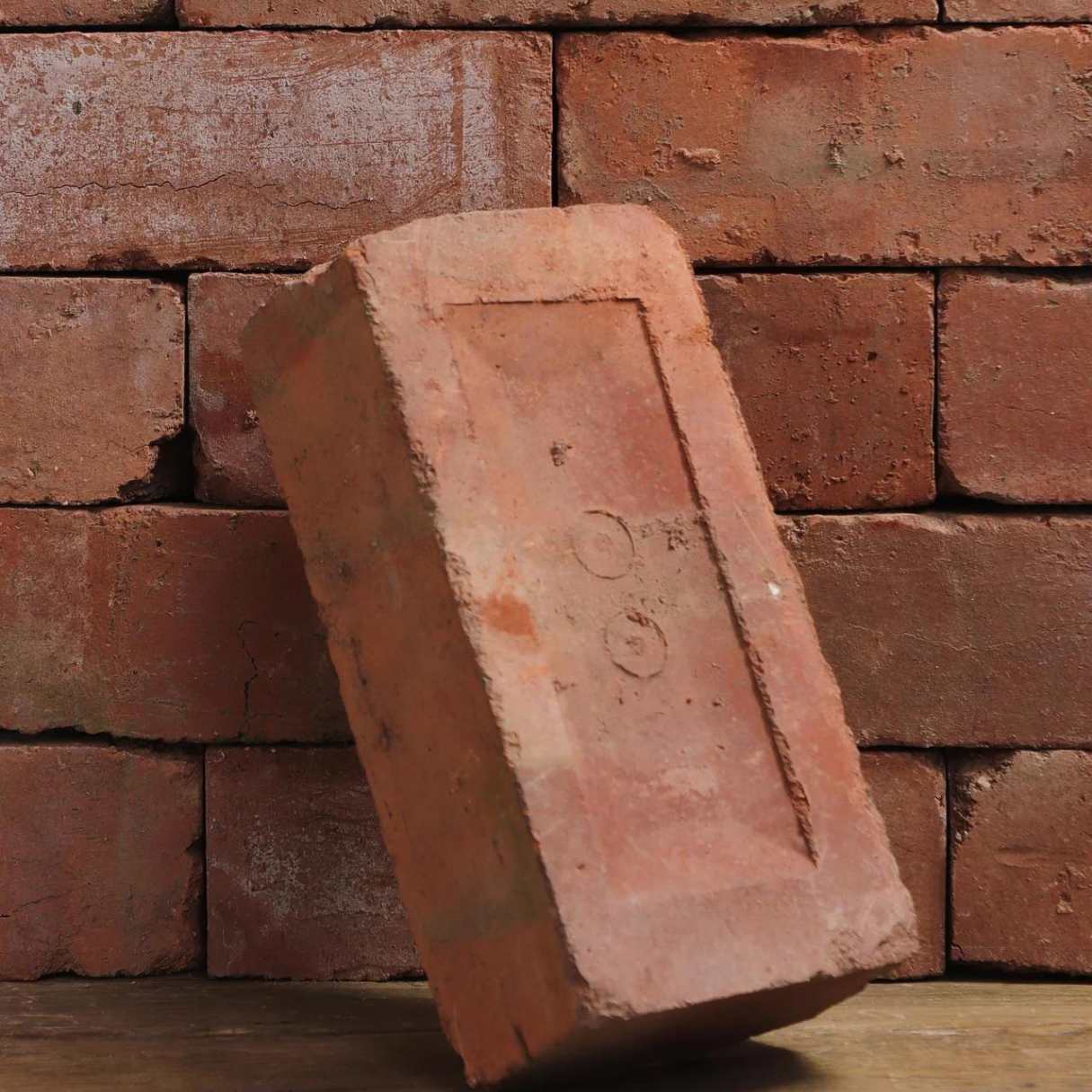
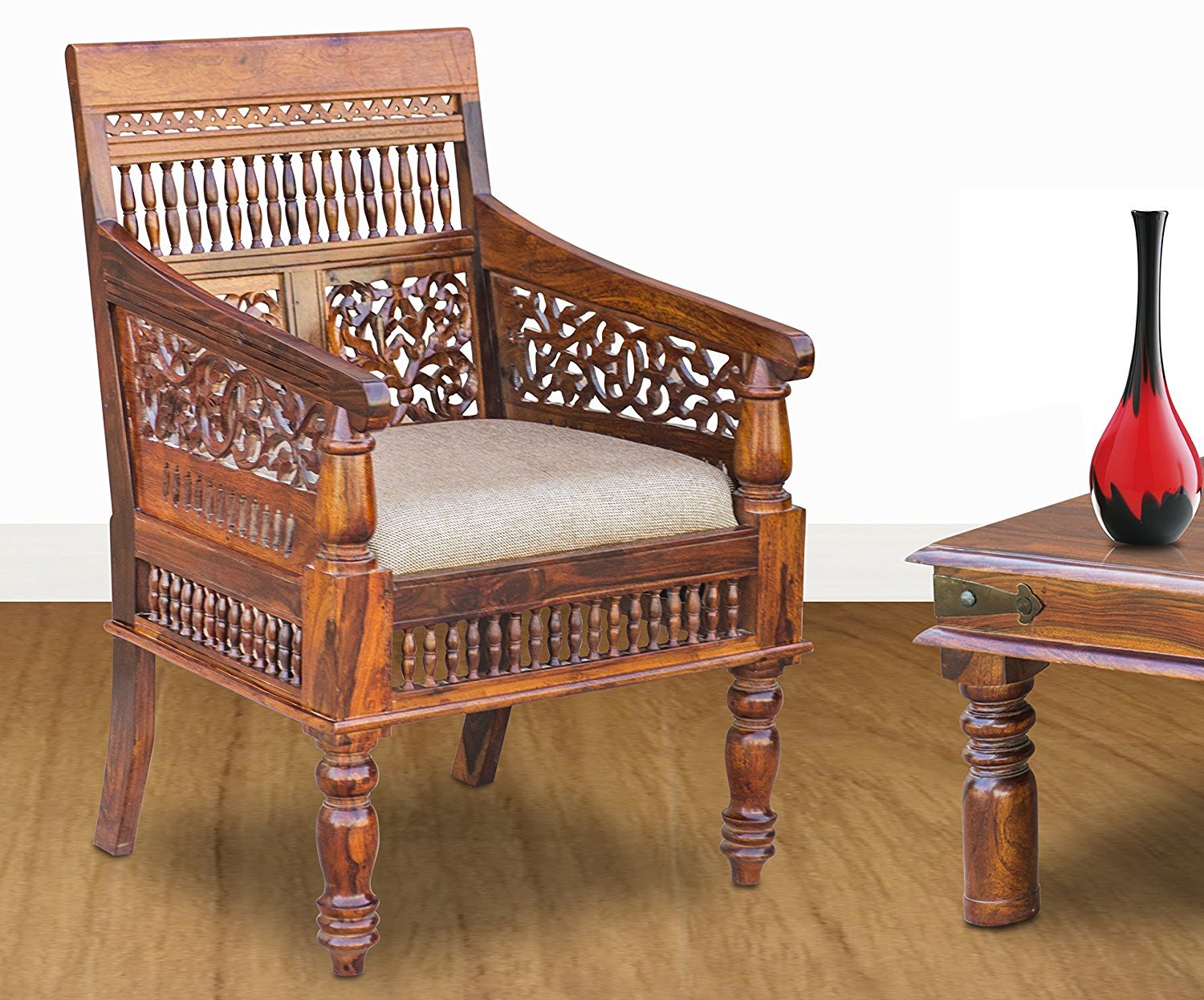
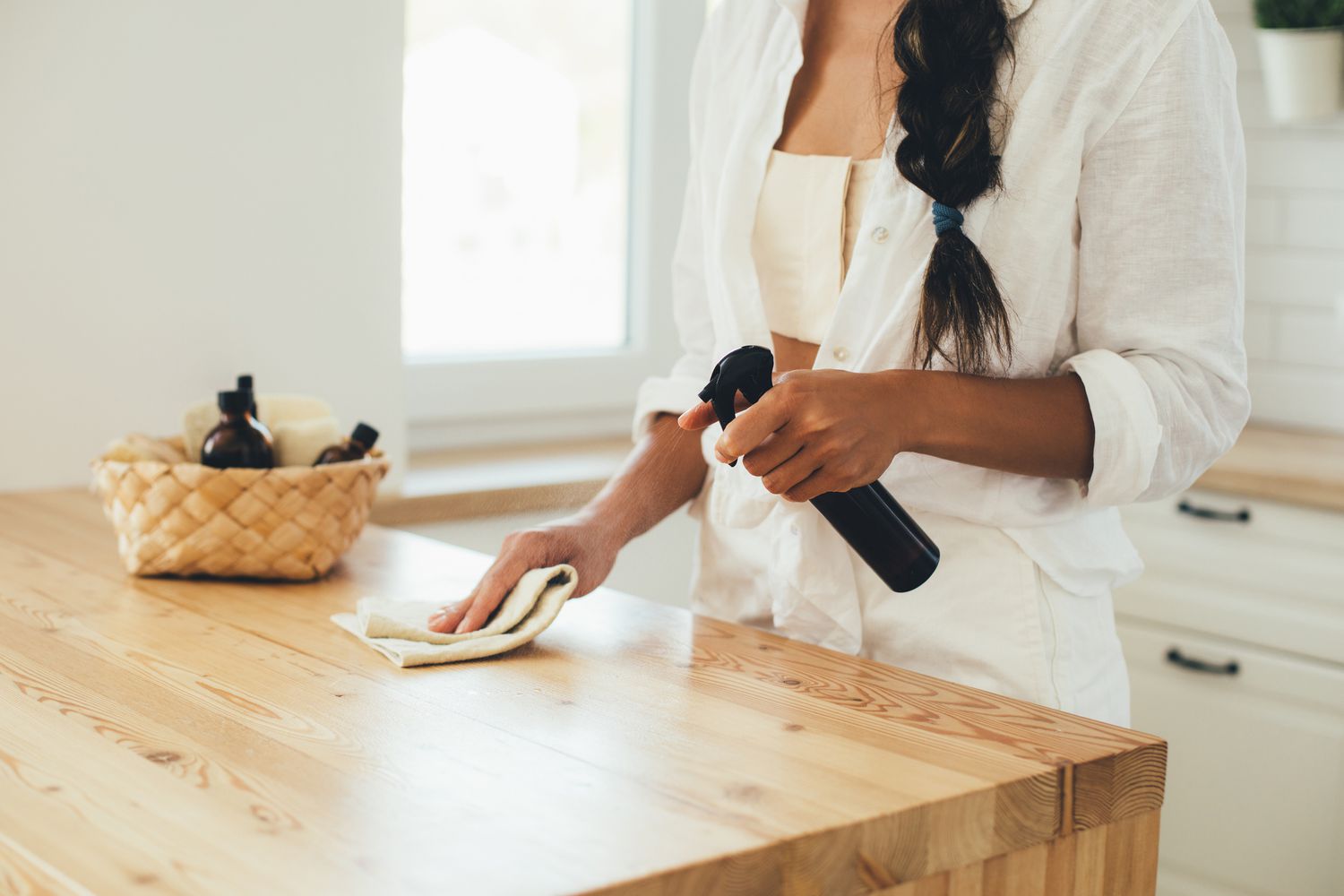
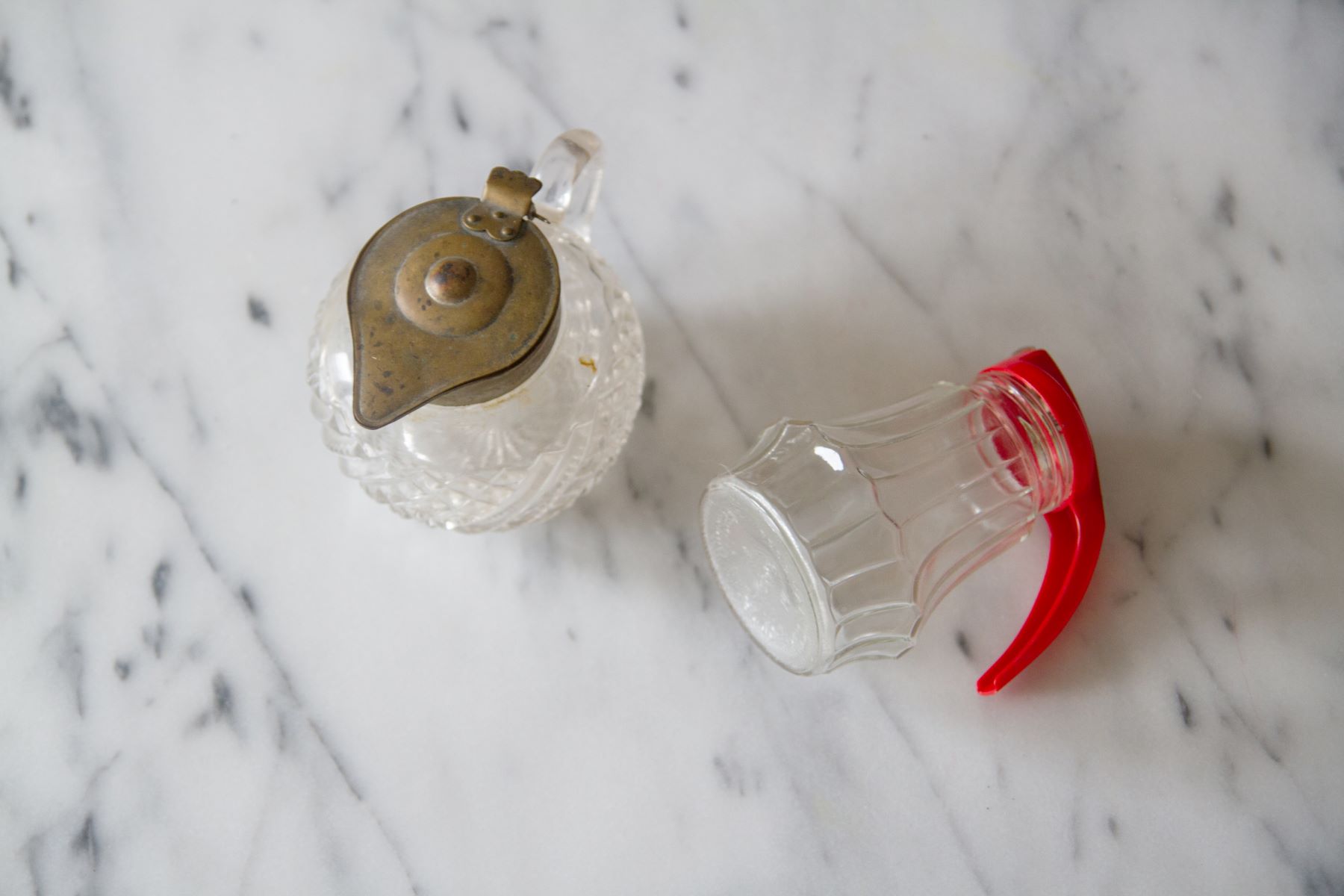
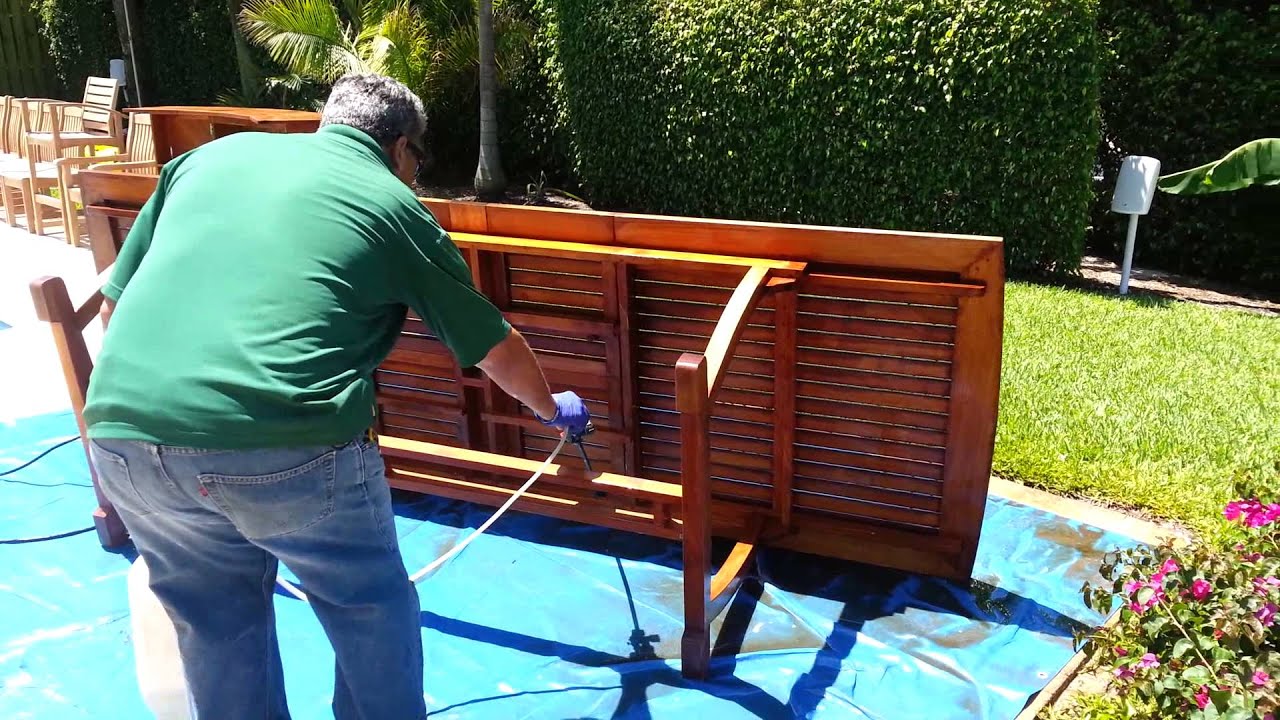
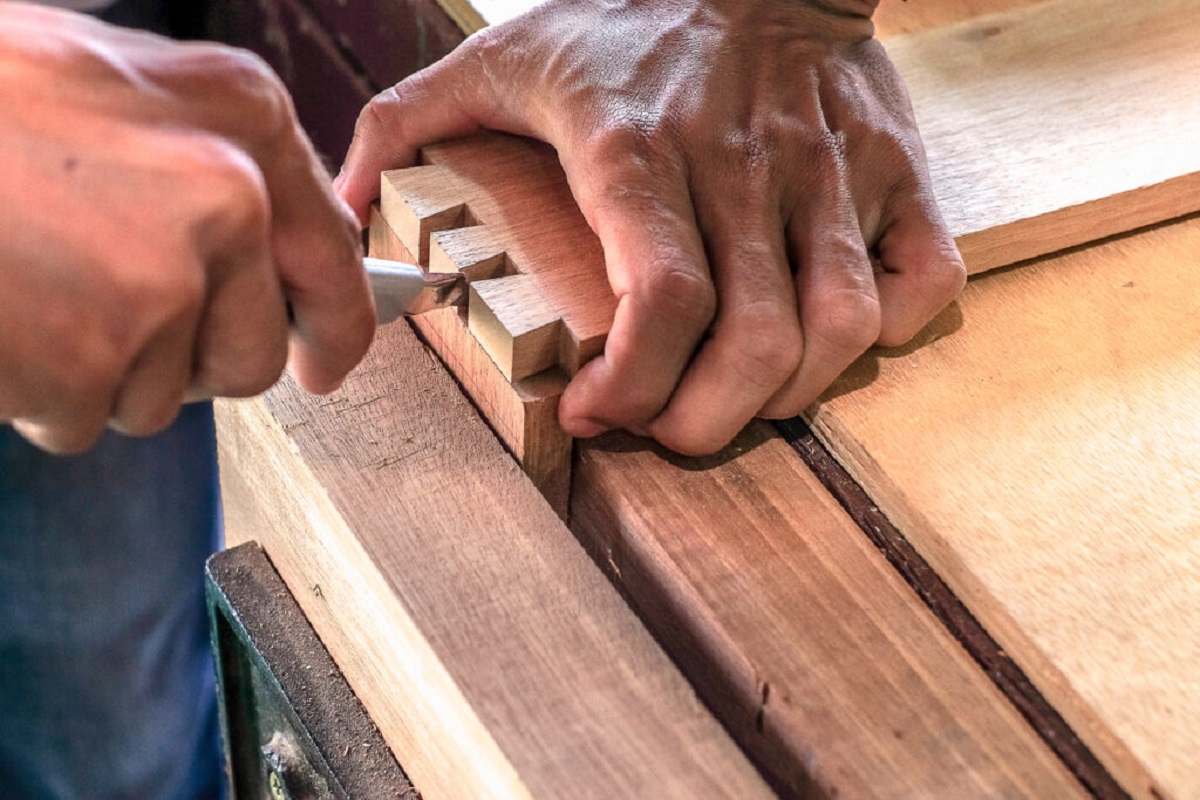
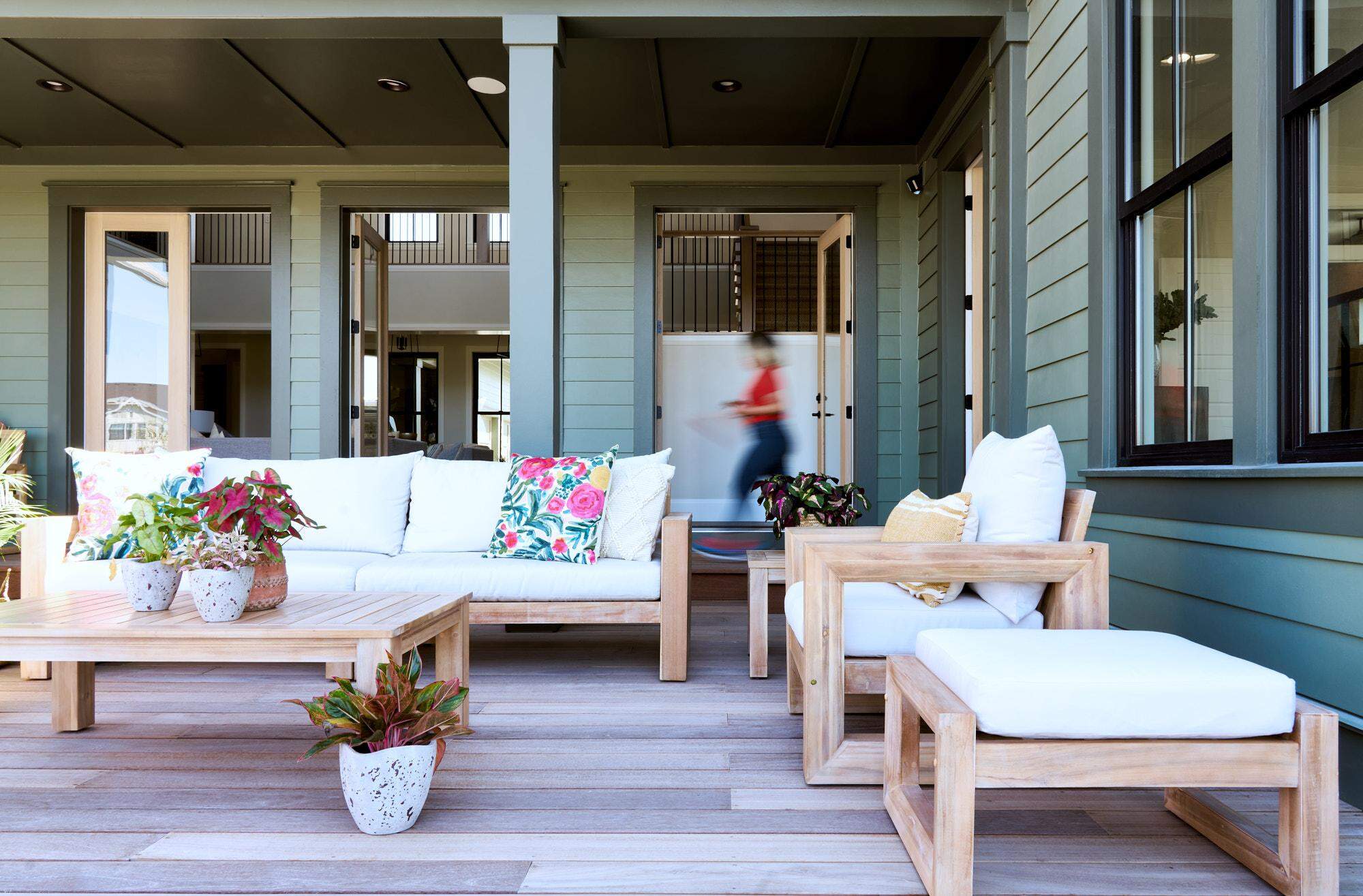
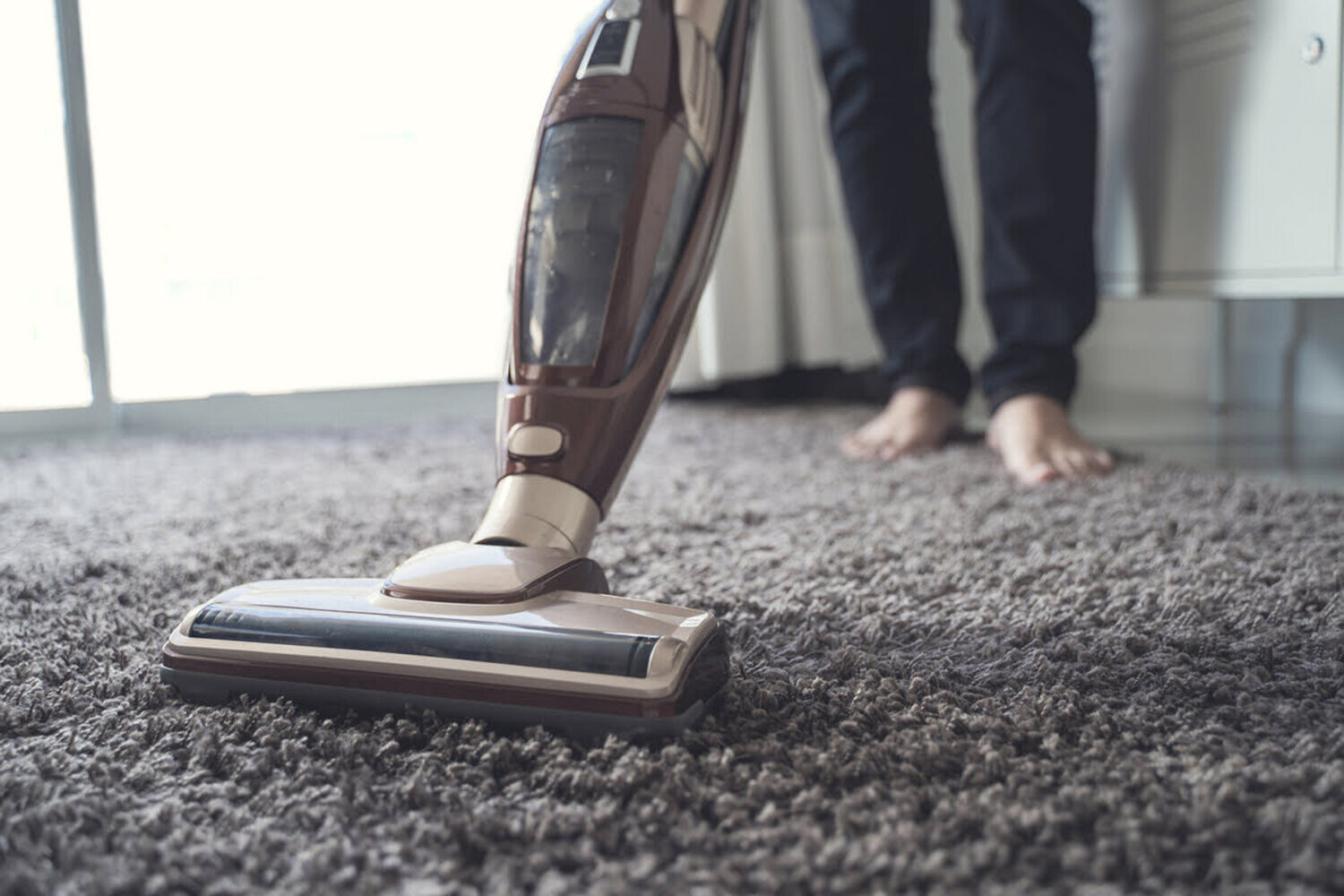
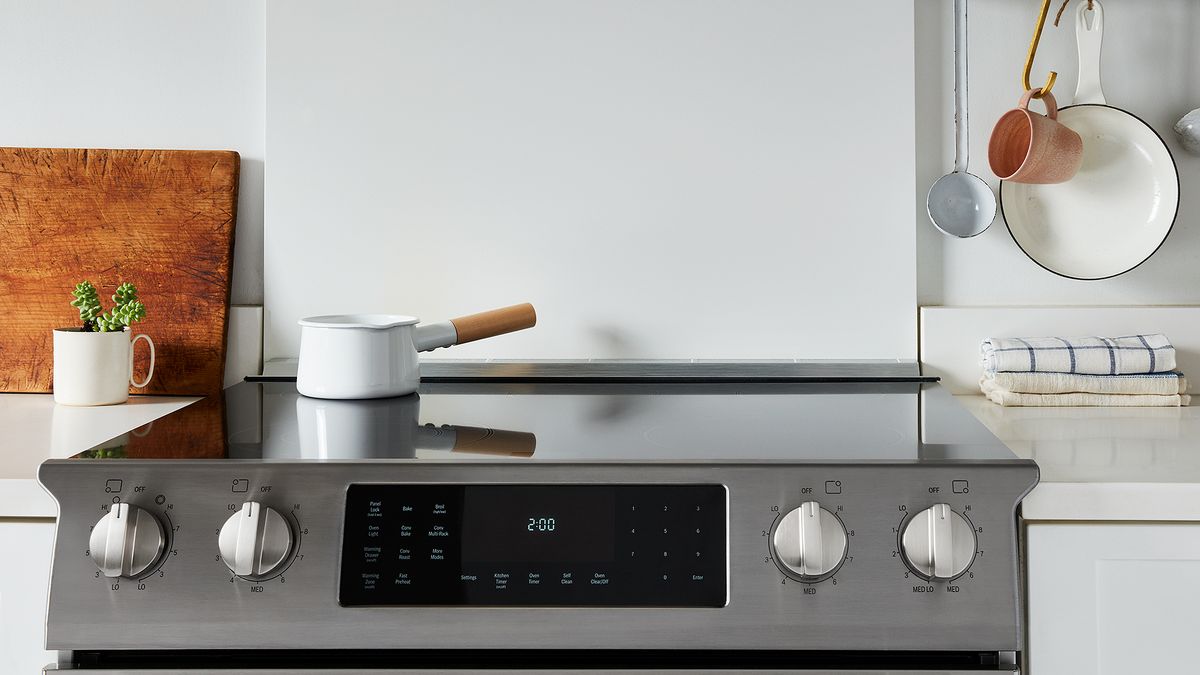

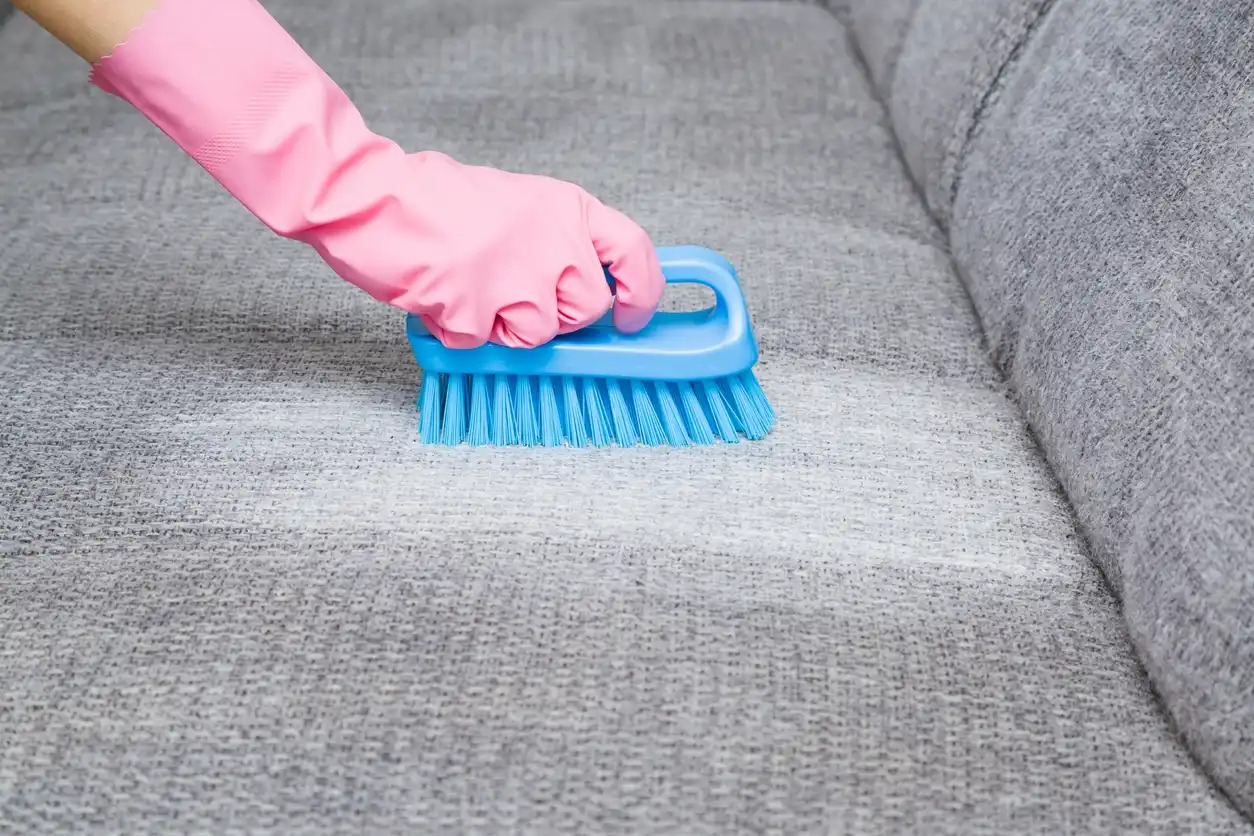



0 thoughts on “How To Clean Wood Furniture To Make It Look New Again”